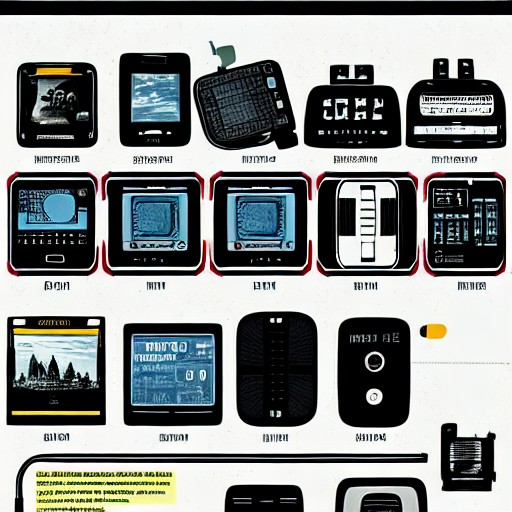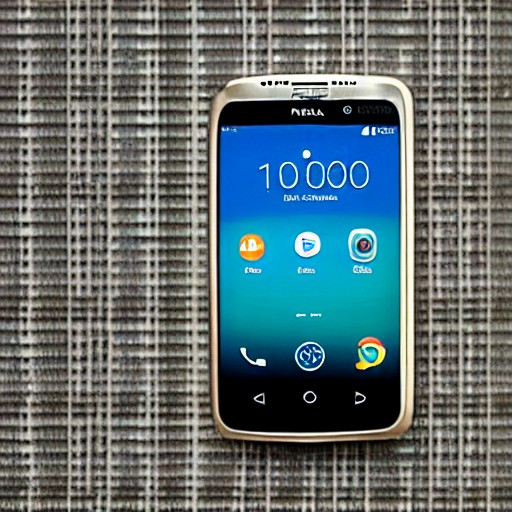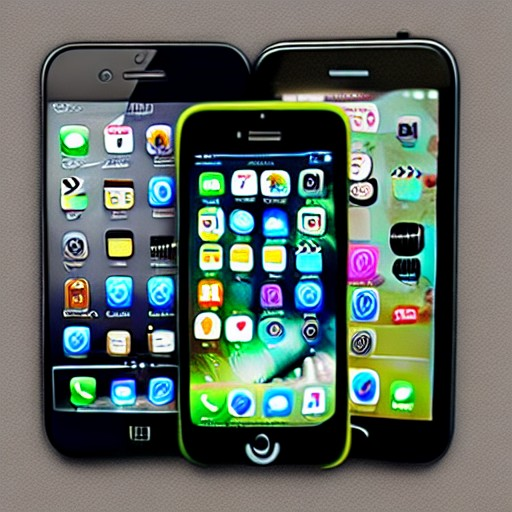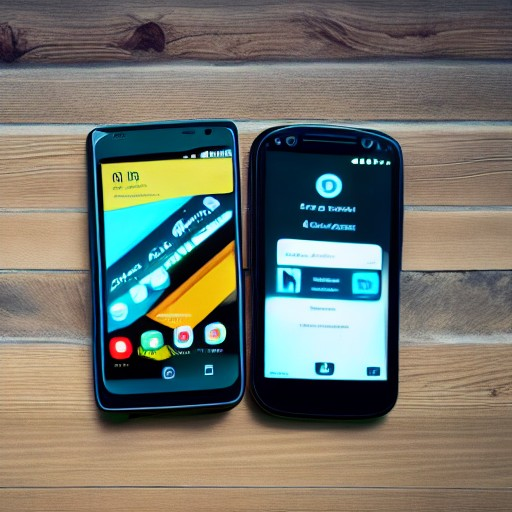The History and Evolution of the Smartphone
The smartphone is an indispensable part of modern life, but it's easy to forget that this ubiquitous device is a relatively recent invention. The history of the smartphone can be traced back to the early 1990s when the first PDAs (personal digital assistants) were introduced. These early devices were primarily used for organizing personal information, such as contacts and calendars, and had limited connectivity features.

The First Smartphones
The first true smartphones appeared in the early 2000s and were distinguished by their ability to connect to the internet and run third-party applications. Palm, Nokia, and BlackBerry were some of the early pioneers in this space, and their devices quickly gained a following among business users.

The Rise of Apple
In 2007, Apple introduced the iPhone, which revolutionized the smartphone industry. The iPhone combined a sleek design with a powerful operating system and a large, high-resolution touchscreen display. It also introduced the concept of the App Store, which allowed users to download and install third-party applications with ease. The iPhone's success prompted other smartphone manufacturers to adopt similar features and design elements.

Android and the Rise of Samsung
In 2008, Google introduced Android, an open-source operating system that could be used by any smartphone manufacturer. This led to an explosion in the number of smartphones available on the market, as well as increased competition among manufacturers. Samsung, in particular, emerged as a major player in the smartphone industry, with its Galaxy line of smartphones becoming one of the most popular on the market.

Current Trends
Today, smartphones continue to evolve at a rapid pace. Features such as facial recognition, wireless charging, and foldable screens are becoming more common, and smartphones are increasingly being used for activities such as mobile payments and augmented reality gaming. As the technology continues to evolve, it's clear that the smartphone will remain a vital part of modern life for years to come.

Conclusion
From humble beginnings as personal organizers, smartphones have come a long way in a relatively short period of time. The introduction of the iPhone in 2007 and the subsequent rise of Android and Samsung have transformed the industry, and smartphones continue to evolve and innovate at an astonishing pace.